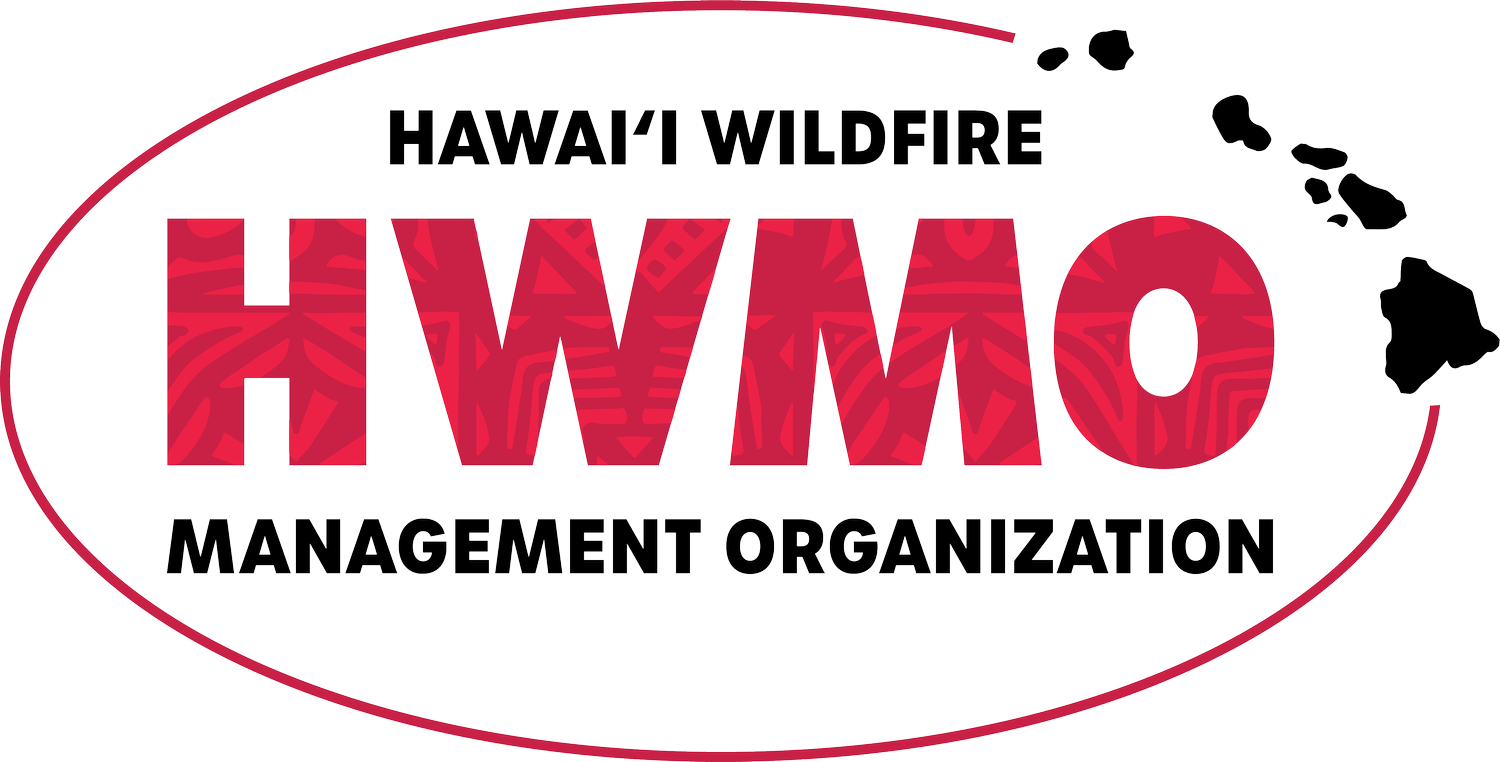Parched: Driest January on Record for Parts of West Hawaii
"Charred earth from the recent fire near Palamanui is seen along side of dry grass from the persisting drought in North Kona. (Laura Shimabuku/West Hawaii Today)"
What is on pace for the 2nd strongest El Nino on record is not good news for those worried about wildfire. The key take away is that even if your area is considered "wet side", when there is no rain, the rainforest can burn.
Here's a news piece with quotes from our Executive Director, Elizabeth Pickett, and a long-time partner of ours, Jen Lawson, who directs the Waikoloa Dry Forest Initiative.
"The Pacific is experiencing what will likely pan out to be the second strongest El Nino on record, behind only 1997-98. True to pattern, a snuffing out of the normal trade wind pattern and its accompanying showers are following the El Nino. If the past is any indication and long-term predictions hold up, there may be no relief in sight through April."
"West Hawaii had a very wet summer, leading to high loads of vegetation which have now dried out, causing concern for fire management officials. In Waikoloa, expanses of invasive buffelgrass and fountain grass have become parched, said Jen Lawson, who directs the Waikoloa Dry Forest Initiative.
'We’ve had no precipitation at the forest in more than 12 weeks,' she said. 'Wildfire is what we are thinking most about now.”
Kodama said light winds have helped spare dry areas from fast-spreading fires. But that could change as winds pick up going into spring and conditions continue to dry out, he said.
Elizabeth Pickett, executive director of the Hawaii Wildfire Management Organization, said her group will be stepping up its fire safety outreach in the face of the drought.
'We have a pretty high hazard out there; now is time to be proactive and really be aware of the fire issue,' Pickett said. 'We’re getting very concerned.'"



